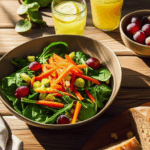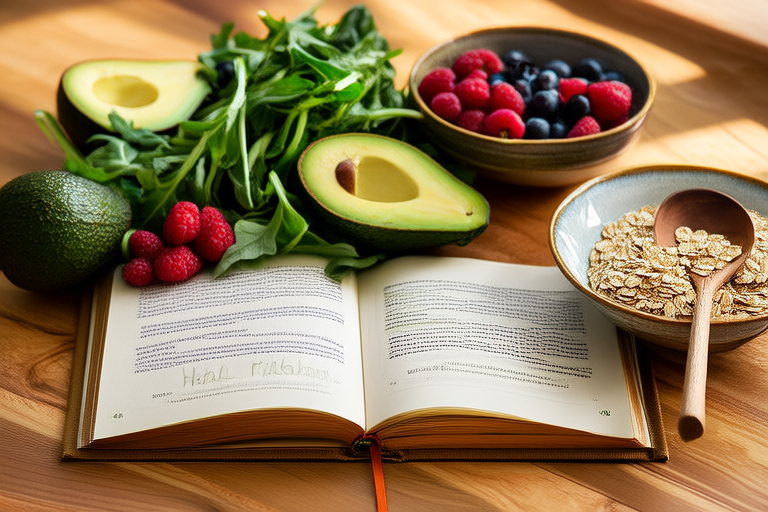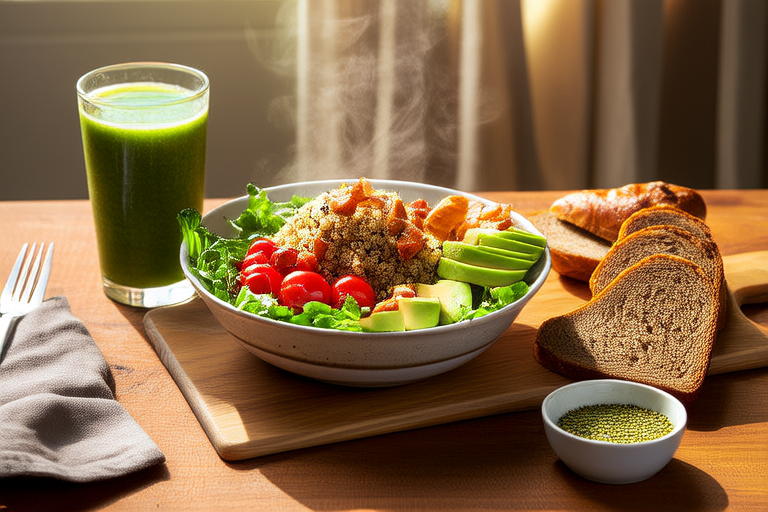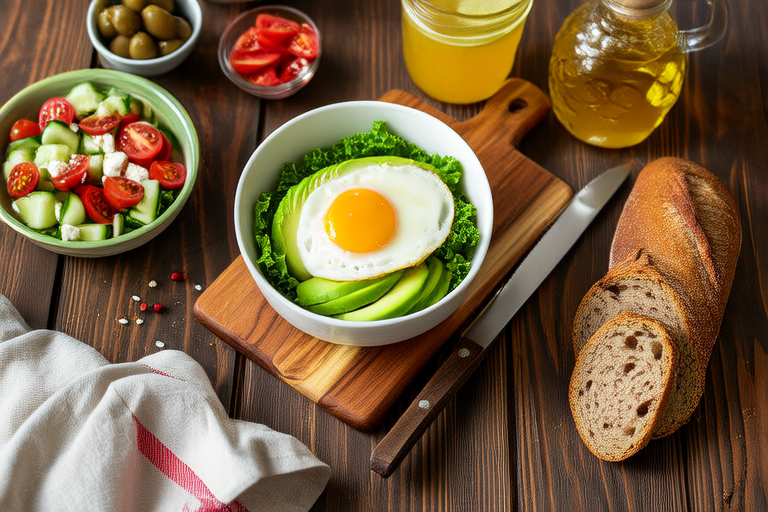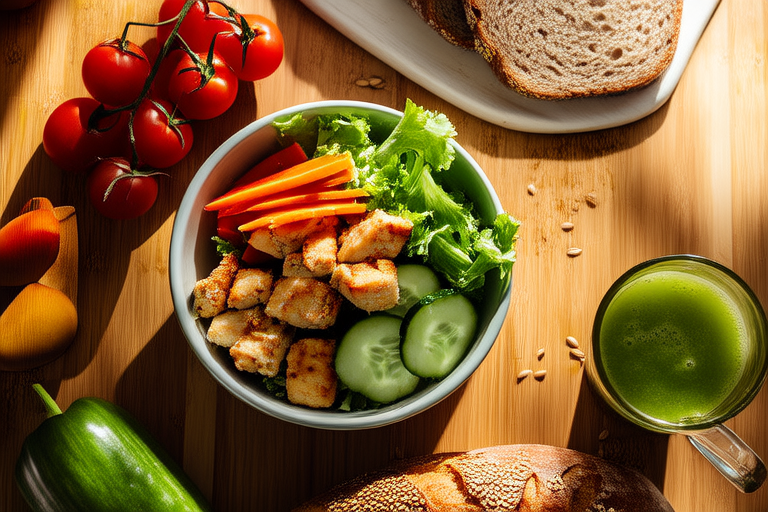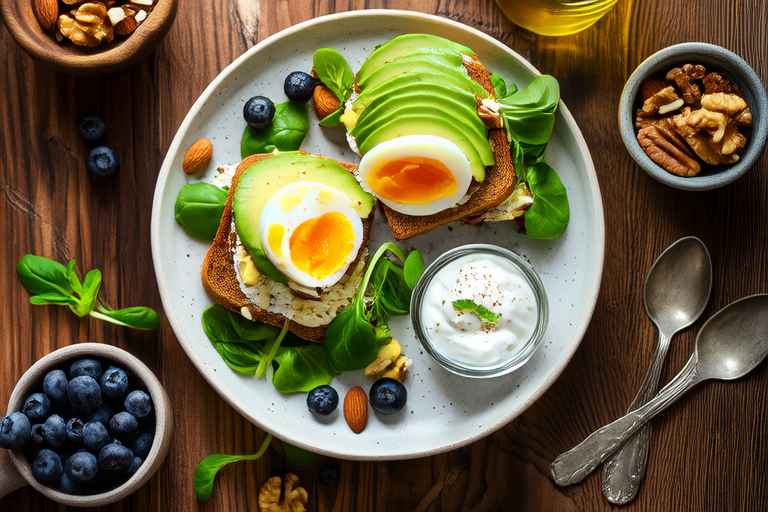Combining Flavor with Health Benefits in Daily Meals
The idea of integrating flavor with health benefits in our daily meals is an essential aspect of modern nutrition. It’s about creating dishes that are not only delicious but also packed with essential nutrients. This approach ensures that we enjoy every bite while promoting overall well-being. By focusing on nutritious ingredients, balanced meals, and mindful cooking techniques, we can enhance our health without sacrificing taste.
Understanding the Concept of Flavorful Healthy Eating
Flavorful healthy eating involves balancing flavors from various food groups to create satisfying and nutritious meals. It means choosing whole foods that are minimally processed and rich in vitamins, minerals, and antioxidants. Incorporating fruits, vegetables, lean proteins, and whole grains into your diet provides essential nutrients that support optimal health. Moreover, these ingredients offer a range of flavors that can be combined in countless ways to suit individual tastes.
Recipe Recommendations for Nutritious and Delicious Meals
Breakfast: Berry Banana Smoothie Bowl
- Ingredients: 1 banana, 1/2 cup mixed berries (blueberries, strawberries, raspberries), 1/2 cup Greek yogurt, 1 tablespoon honey, 1/4 teaspoon vanilla extract, 1/4 cup granola, 1 tablespoon chia seeds, 1 tablespoon almond butter
- Instructions: Blend the banana, mixed berries, Greek yogurt, honey, and vanilla extract until smooth. Pour the mixture into a bowl and top with granola, chia seeds, and almond butter.
- Health Benefits: This breakfast provides fiber, protein, healthy fats, and antioxidants from the fruits, nuts, and seeds, promoting satiety and energy throughout the morning.
Lunch: Quinoa Salad with Grilled Chicken
- Ingredients: 1 cup cooked quinoa, 2 grilled chicken breasts, 1 cucumber, 1 red bell pepper, 1/4 cup cherry tomatoes, 1/4 cup feta cheese, 2 tablespoons olive oil, 1 tablespoon lemon juice, salt and pepper to taste
- Instructions: Combine the cooked quinoa, chopped grilled chicken, cucumber, red bell pepper, cherry tomatoes, and crumbled feta cheese in a large bowl. Drizzle with olive oil and lemon juice, season with salt and pepper, and toss to combine.
- Health Benefits: This salad offers a good source of protein, fiber, and healthy fats, along with vitamins A and C from the vegetables, supporting heart health and immune function.
Dinner: Baked Salmon with Asparagus and Sweet Potato
- Ingredients: 2 salmon fillets, 1 sweet potato, 1 bunch asparagus, 1 tablespoon olive oil, 1 teaspoon garlic powder, salt and pepper to taste
- Instructions: Preheat the oven to 400°F (200°C). Toss the sweet potato wedges and asparagus spears with olive oil, garlic powder, salt, and pepper. Place them on a baking sheet and roast for 20 minutes. Meanwhile, season the salmon fillets with salt and pepper, place them on the baking sheet, and bake for another 15-20 minutes or until the fish flakes easily with a fork.
- Health Benefits: This dinner provides omega-3 fatty acids, vitamin D, and selenium from the salmon, beta-carotene from the sweet potato, and folate and vitamin K from the asparagus, contributing to brain health, eye health, and cardiovascular wellness.
Importance of Portion Control, Ingredient Quality, and Cooking Methods
Portion control is crucial for maintaining a healthy weight and preventing overeating. Consuming appropriate serving sizes ensures that you receive adequate nutrients without excessive calories. Additionally, the quality of ingredients plays a significant role in the nutritional value of your meals. Opt for fresh, organic produce whenever possible to maximize nutrient intake and minimize exposure to pesticides and chemicals.
Cooking methods also impact the preservation of nutrients in your food. Steaming, grilling, baking, and sautéing are preferable to frying because they require less added fat and allow more nutrients to remain intact. For instance, boiling vegetables may lead to some nutrient loss due to water-soluble vitamins leaching into the cooking liquid. Therefore, it’s best to use minimal water when boiling or to consume the cooking water if safe to do so.
Tips for Meal Planning and Preparation
Meal planning helps streamline grocery shopping and cooking processes, saving time and reducing waste. Start by assessing your weekly schedule and determining which days you’ll have time to cook. Then, create a menu based on your preferences and dietary needs, ensuring a balance of macronutrients and micronutrients. Consider preparing larger batches of certain dishes that can be stored in the refrigerator or freezer for quick reheating during busy weeks.
When preparing meals, focus on simple, versatile ingredients that can be used across multiple recipes. This approach allows for greater flexibility in meal planning and reduces the likelihood of food spoilage. Additionally, incorporating leftovers into subsequent meals can add variety and prevent monotony in your diet.
Conclusion: Embracing Flavorful Healthy Eating as Part of a Sustainable Lifestyle
Incorporating flavorful yet healthy dishes into your daily routine enhances both your physical and mental well-being. By combining nutrient-dense ingredients with appealing flavors, you can enjoy delicious meals that promote longevity and vitality. Remember to practice portion control, prioritize high-quality ingredients, and employ nutrient-preserving cooking methods. With proper meal planning and preparation, maintaining a sustainable lifestyle becomes easier and more enjoyable.
